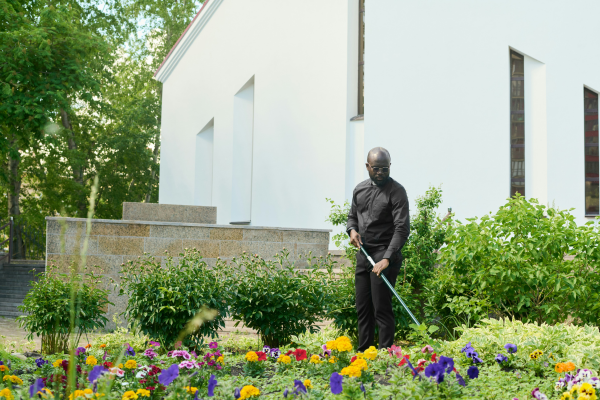Apr 29, 2024
Eco-chaplaincy, unlike other forms of chaplaincy, is more deeply grounded in humanity’s relationship with nature than a particular religion.
Read the Full Article

Already a subscriber? Login

Eco-chaplaincy, unlike other forms of chaplaincy, is more deeply grounded in humanity’s relationship with nature than a particular religion.
